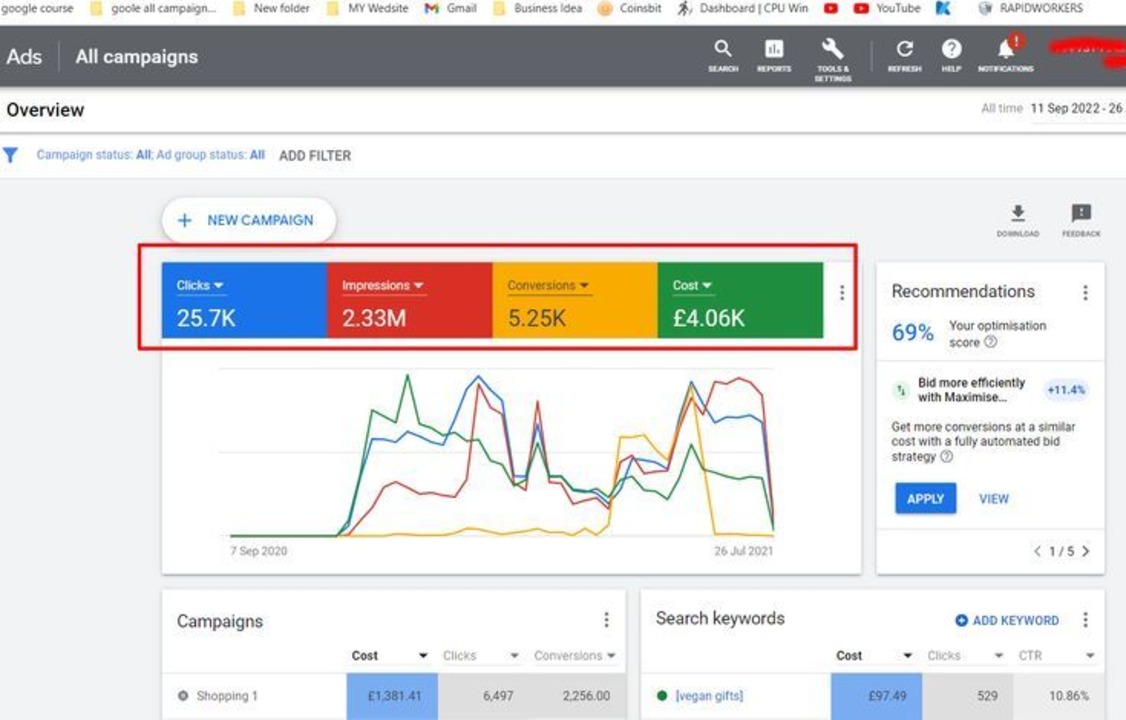How are Google Ads vs Google Adsense similar and different? Find out with Bigfourth LTD in the article below.
Introduction to Google Ads vs AdSense
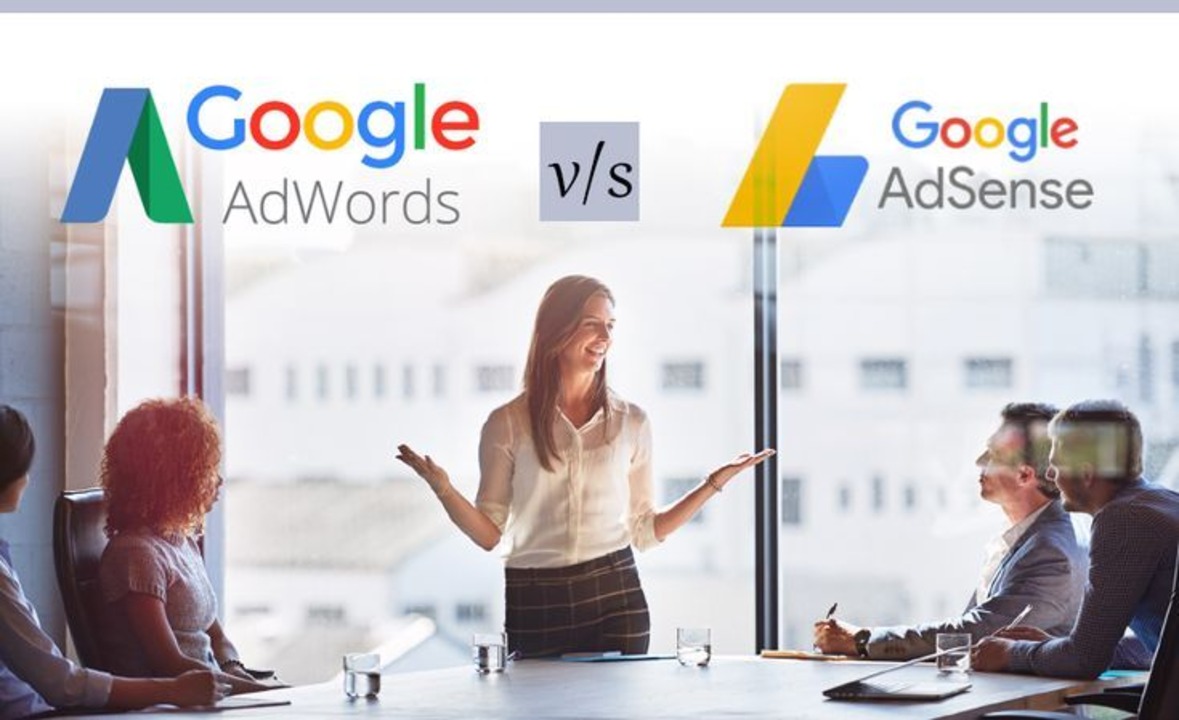
In this section, we will take a high-level look at both Google Ads vs Google AdSense to understand their core concepts before diving into the specifics of each platform.
Google offers two powerful online advertising platforms: Google Ads vs Google AdSense. At first glance, they may seem similar – after all, they have similar names and are both offered by Google. However, there are some key differences between these two platforms:
- Google Ads is used by advertisers to bid on ad placements on Google’s Search Engine Results Pages (SERPs) and the Google Display Network.
- Google AdSense allows publishers to display ads on their own websites and earn a commission when visitors click on them. It helps monetize website traffic.
| Platform | Used By | Purpose |
| Google Ads | Advertisers | Drive traffic to own site |
| Google AdSense | Publishers | Monetize existing traffic |
Overview of Google Ads
Google Ads allows advertisers to create and manage online ad campaigns to drive traffic and leads to their websites. It offers two main options for ad placements:
Search Ads
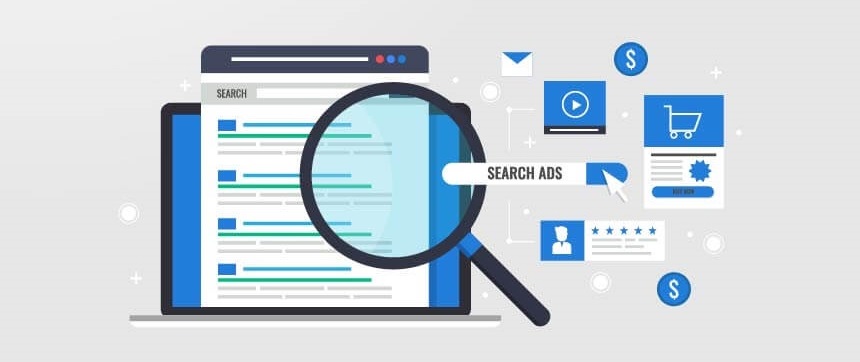
Search ads appear on Google’s search engine results pages (SERPs) when a user searches for keywords related to your business.
To run search ads, advertisers go through the following process:
- Bid on ad placements for relevant keywords.
- Create appealing ad text, headlines, etc.
- Drive traffic to a targeted landing page on their site.
Benefits of search ads include:
- Highly targeted (based on search queries)
- Appear above organic results
- Improved click-through rates
Display Ads
Display ads appear on sites across the Google Display Network, including:
- Websites
- Mobile apps
- YouTube videos
Display ads tend to be more visual.
Benefits of display ads include:
- Broad reach across many sites
- Visual formats grab attention
- Retargeting existing site visitors
No matter which type of ad is used, the overall goal is to drive relevant traffic back to the advertiser’s site, ultimately leading to conversions like sales or email newsletter signups.
The Google Ads platform provides robust options for targeting, automating, and optimizing ad campaigns based on goals like clicks, impressions, conversions, etc. Advertisers can control their costs by setting daily budgets. The next section will cover pricing models in more detail.
Overview of Google AdSense
Google AdSense allows website publishers to make money by displaying ads on their site. The ads are served by Google and matched to site content and audience.
AdSense works by signing up as a publisher, placing ad units on your site, then earning money when visitors click on the ads. Some key features:
- Publishers earn a percentage of ad revenue.
- Google handles advertiser relationships.
- A variety of ad formats are available.
How It Works
The basic steps for using AdSense are:
- Sign up for an AdSense account.
- Copy the ad code and paste it where you want ads to appear.
- Monitor your ad performance in your account dashboard.
As site visitors click on ads, Google tracks clicks and conversions. They handle advertiser payments, then pay publishers their earnings.
Ad Formats
AdSense offers multiple ad formats, including:
- Display ads – graphical image or animations
- Text ads – text-based ads relevant to content
- In-feed ads – ads within article content
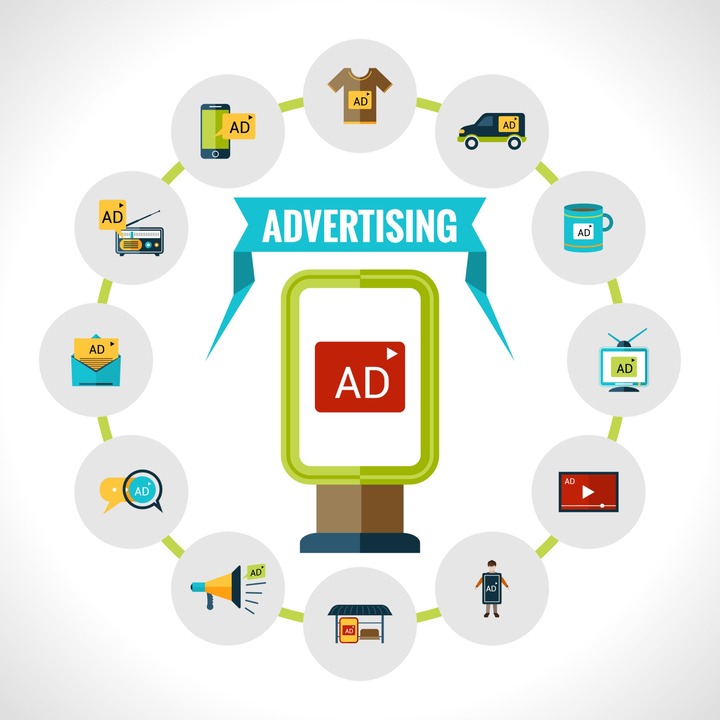
Placement Control
Publishers control ad positioning and styling, including choices like:
- Number of ad units per page
- Sizes – 160×600, 300×250, etc
- Colors, borders, and typography
Strategic ad placement and design can increase clicks and earnings.
Lastly, AdSense allows publishers to monetize website traffic by displaying text and display ads matched to their audience and content. The next section will cover how earnings are calculated.
Key Differences Between Google Ads vs Google AdSense
While Google Ads and AdSense are both advertising platforms from Google, there are some important distinctions between the two:
Intended Users
Google Ads is designed for advertisers who want to promote their business online and drive traffic to their website.
Google AdSense is designed for website publishers who want to make money by displaying ads on their site.
Costs and Earnings
With Google Ads, advertisers pay when people click on or view their ads. Their costs depend on factors like bids and quality scores.
With AdSense, publishers earn money when visitors click on the ads displayed on their site. Google pays a percentage of ad revenue.
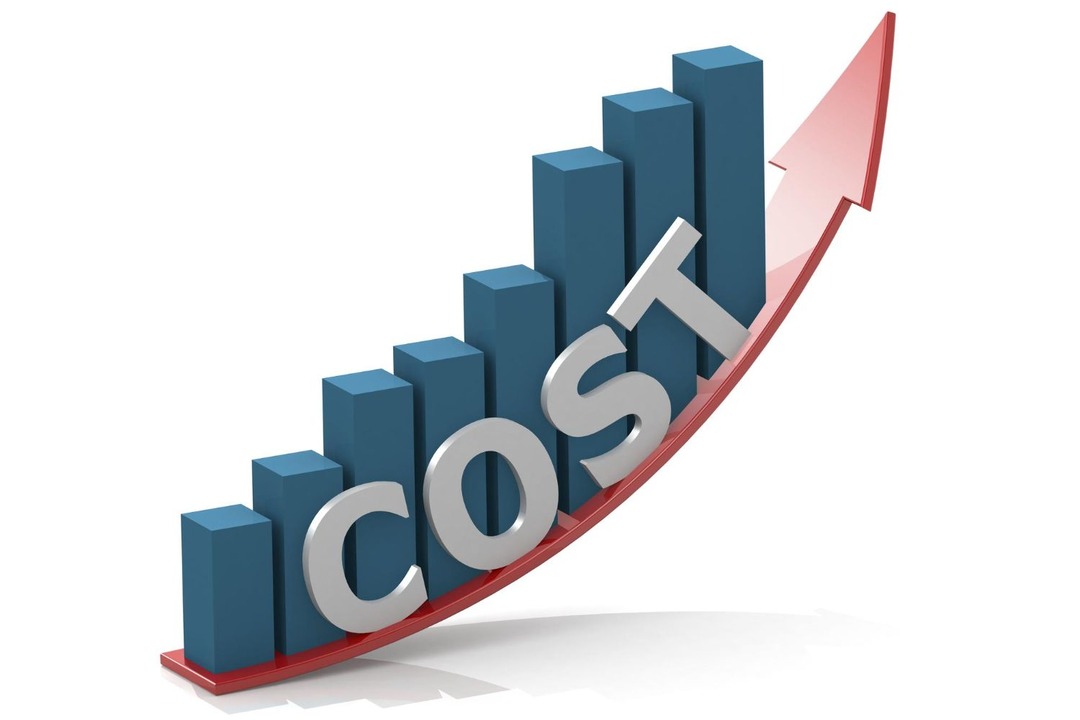
Process and Control
Google Ads advertisers choose keywords, create ad copy, and target placements but don’t control ad formatting and styling.
AdSense publishers have little control over ad content itself but decide what types of ads to show and customize the visual look and placement.
| Google Ads | Google AdSense | |
| Used By | Advertisers | Publishers |
| Purpose | Drive traffic to own site | Monetize existing traffic |
| Process | Create/target ads | Display ads on site |
| Cost/Earnings | Pay per click/impression | Earn revenue share |
| Control | Ad text and targeting | Ad formatting and placement |
Google Ads helps advertisers connect with customers through paid search and display ads, while AdSense helps publishers earn money from existing website traffic.
Google Ads Pricing and Auctions
Google Ads uses a unique auction process to determine ad placements and pricing. Here’s how it works:
Auction Process
- Advertisers bid on keywords relevant to their business.
- When a search query matches a keyword, an auction runs to determine ad placement.
- Placement is based on Ad Rank, calculated using bid amount and ad quality score.
Quality Score Factors
Google evaluates ad quality based on:
- Landing page experience and relevance
- Click-through rate
- Historical ad performance
Higher quality scores result in better ad placements at lower cost-per-click (CPC).
Cost-Per-Click Pricing
- If you win the auction, the CPC is the bid of the next highest advertiser divided by your quality score.
- Your actual CPC may be lower than your max bid.
- Higher competition and demand leads to higher CPCs.
| Metric | Definition |
| CPC | Cost-Per-Click |
| CPM | Cost-Per-Thousand Impressions |
| CTR | Click-Through Rate |
Google Ads combines bid amounts with quality scores to determine placement and CPC pricing in ad auctions. Optimizing for quality score is crucial to lower costs and maximize ad performance.
Google AdSense Earnings for Publishers
With Google AdSense, publishers can earn money when visitors on their website click on or view ads served by Google. Here’s an overview of how earnings work:
Calculating Earnings
AdSense earnings are based on:
- Advertiser bids for ad placement
- The click-through-rate (CTR) of ads on your site
- Impressions (views) of displayed ads
Higher performing ads equals higher potential revenue.
Getting Paid
Google pays publishers through:
- PayPal
- Check
- Direct deposit
Payments are deposited monthly after reaching the $100 minimum threshold.
Improving Earnings
Publishers can optimize their earnings by:
- Testing different ad types and formats
- Using strategic ad placement
- Creating compelling content to engage visitors
| Metric | Definition |
| RPM | Revenue Per Thousand Impressions |
| RPC | Revenue Per Click |
| Page RPM | RPM for a specific page |
AdSense earnings rely heavily on ad performance. Publishers should experiment with placements and design to maximize their RPM, RPC, and total revenue.
Benefits of Google Ads vs Google AdSense
Google Ads and AdSense both offer unique benefits for advertisers and publishers:
Benefits of Google Ads
Google Ads provides advertisers with an effective way to:
- Drive targeted traffic to their site
- Increase brand awareness and reach
- Generate leads and sales
Key benefits include:
- Powerful targeting options – Demographic, geographic, contextual, etc.
- Automated bid management – Maximizes conversions within budget
- Extensive analytics – For optimization and performance insights
Benefits of Google AdSense
Google AdSense empowers publishers to:
- Monetize website traffic
- Earn revenue from content
- Expand their business model
Key advantages include:
- Minimal effort to implement – Just add ad code
- Various ad formats – Text, display, video, etc.
- Easy way to earn passive income – Get paid for traffic
| Google Ads | Google AdSense | |
| Primary Benefit | Drive traffic to site | Monetize existing traffic |
| Who it Helps | Businesses / Advertisers | Website Publishers |
| Key Advantages | Powerful targeting options, Automation tools, Performance data | Easy setup, Multiple ad formats, Passive income |
Google Ads and AdSense offer complementary benefits for businesses looking to connect with customers online and publishers seeking to maximize income from their websites.
Pros and Cons of Google Ads vs Google AdSense
Google Ads and AdSense each have unique advantages and limitations to consider:
Google Ads Pros and Cons
Pros:
- Advanced targeting capabilities
- Powerful automation features
- Detailed performance data
Cons:
- Can be complex to set up and manage
- Requires ongoing optimization
- No guarantee of conversions or sales
Google AdSense Pros and Cons
Pros:
- Easy to implement on websites
- Low maintenance revenue stream
- Various ad formats available
Cons:
- Limited control over ads displayed
- Ad performance impacts earnings
- Need significant traffic to maximize revenue
| Pros | Cons | |
| Google Ads | Advanced targeting, Automation, Performance data | Complex setup, Requires optimization, No guarantee of ROI |
| Google AdSense | Easy implementation, Passive income stream, Multiple ad formats | Limited ad control, Reliant on ad performance, Need lots of traffic |
When weighing the pros and cons, consider your budget, goals, time commitment, and audience size. Both platforms can be valuable depending on your specific circumstances.
Google Ads and AdSense each have unique strengths and limitations to factor into your online advertising and monetization strategy. Assessing your own needs and resources will help determine which solution(s) are best for you.
Using Google Ads and Google AdSense Together
For some businesses, using both Google Ads and AdSense in tandem can be an effective online advertising strategy:
Complementary Platforms
While Google Ads helps you get website traffic, AdSense lets you profit from it. Ways they can work together:
- Use Google Ads to drive targeted traffic to your site.
- Display AdSense ads on those high-traffic pages to monetize them.
- Use your increased AdSense earnings to boost your Google Ads budget for more traffic.
Maximizing Reach and Revenue
Best practices for using Google Ads and AdSense together:
- Focus Google Ads on high-intent keywords relevant to your content.
- Place AdSense ads on pages aligned to those keywords.
- Analyze performance data regularly to optimize both platforms.
| Goal | How Google Ads Helps | How AdSense Helps |
| Get Traffic | Paid search and display ads | Earnings used to fund ads budget |
| Monetize Traffic | Drives visitors to site | Displays ads on site to generate revenue |
| Scale Efforts | Increases awareness and reach | Grows income to reinvest in more ads |
Coordinated use of Google Ads and AdSense can expand your reach, traffic, and revenue in a mutually-beneficial way. The key is actively managing both platforms for optimal performance.
Conclusion and Key Takeaways
In summary, Google Ads vs Google AdSense offer complementary advertising solutions:
Recapping Google Ads
- Google Ads enables advertisers to display ads on Google and across the web.
- Key ad formats include search ads on Google’s results pages and display ads on partner sites in the Google Display Network.
- Advertisers bid on keywords and ad placements via an automated auction system.
- Pricing is primarily through cost-per-click (CPC) based on bid amounts and ad quality.
- Benefits for advertisers include increased website traffic, leads, brand awareness, and sales.
Recapping Google AdSense
- AdSense allows publishers to run ads on their own websites and earn revenue.
- Google serves text, display, and video ads tailored to the website’s content.
- Publishers control where/how ads appear but not the ad content itself.
- Earnings are based on visitor clicks/impressions and the performance of displayed ads.
- AdSense provides a way for publishers to easily monetize website traffic.
Which Option is Right for You?
- Are you paying to drive traffic or earning from existing traffic?
- What are your goals – brand awareness, lead generation, direct sales?
- Do you have time to actively manage campaigns or want a hands-off approach?
| Google Ads | Google AdSense | |
| Best For | Driving website traffic and conversions | Monetizing website traffic |
| Goals | Lead gen, Sales, Brand awareness | Passive income, Monetizing content |
| Management | Campaign oversight required | Minimal effort after setup |
No matter your situation, it’s worth testing both Google Ads and AdSense to see which strategy (or combination) works for your unique business needs and website model.
Google Ads vs Google AdSense – Choose the Best Platform
When determining whether Google Ads vs Google AdSense is better for your needs, start by considering your goals and resources.
Evaluating Your Goals
- Do you want to drive traffic to your own website? Google Ads connects your ads to relevant searches and placements.
- Or do you want to monetize traffic you’re already getting? AdSense turns your site visitors into revenue.
- Are you focused on conversions and sales? Ads may work better.
- Or do you just want simple passive income? AdSense requires less optimization.
Assessing Your Resources
- Do you have time to actively manage campaigns with ongoing changes?
- Or do you need a set-and-forget monetization option?
- Does your site get enough traffic to earn meaningful AdSense revenue?
- How much budget can you allocate to Google Ads each month?
Making Your Choice
When deciding between the two platforms:
- Consider your marketing objectives and KPIs.
- Evaluate your website’s existing traffic and revenue potential.
- Determine the budget you can dedicate to advertising.
| Factor | Favors Google Ads | Favors Google AdSense |
| Goals | Generating leads and sales | Monetizing existing traffic |
| Site Traffic | Lower existing site traffic | High site traffic |
| Resources | Larger budget for ads | Minimal effort preferred |
Trying Both Platforms
You don’t necessarily have to choose just one option. Many businesses find success using Google Ads and AdSense together in a strategic, coordinated effort.
Test different approaches to gain first-hand experience and see what works for your unique situation. The key is tracking performance data so you can optimize towards your goals.
With planning and experimentation, you can determine the right advertising platform(s) to help you connect with more customers and monetize your website traffic.
Bigfourth – Google ads and Google adsense optimization expert
Google Ads vs Google AdSense, these platforms offer complementary advertising solutions for businesses looking to connect with more customers online. For companies interested in leveraging these tools, partnering with digital marketing experts like Bigfourth.com can help maximize your return on investment.
With over 15 years of experience, Bigfourth LTD provides strategic guidance and managed services for Google Ads and AdSense campaigns. Their team can help you determine which platform makes sense for your business objectives, whether that’s increasing website traffic and leads through Google Ads or monetizing your existing website content with AdSense.
Bigfourth’s Google Ad Exchange solutions allow you to access Google’s display network inventory and use powerful targeting to connect with your ideal audiences. Their Google AdSense Management services are designed to optimize publisher earnings by testing different ad types, placements, layouts, and more.
No matter which route you choose, Bigfourth handles setup, daily management, ongoing optimization, and reporting. Their advertising experts stay on top of the latest Google platform updates and leverage proven best practices to improve campaign performance. With Bigfourth‘s strategic approach, clients benefit from greater visibility and engagement with potential customers, increased website revenue, and expert guidance every step of the way.
In today’s digital landscape, leveraging platforms like Google Ads and AdSense is key for reaching goals like lead generation, sales growth, brand building, and monetizing website content. Partnering with specialists like Bigfourth.com ensures you maximize your return from these advertising channels. Contact their team today to learn more about developing a customized Google Ads or AdSense strategy tailored to your business needs.
Contact Bigfourth LTD
Website: https://bigfourth.com/
Email: [email protected]
Fanpage: https://www.facebook.com/bigfourth/
Linkedin: https://www.linkedin.com/in/bigfourth/

